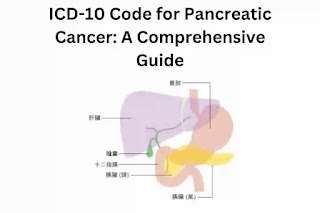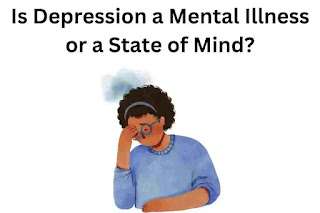Knowing the Primary Causes of AIDS
For several decades, the globe has been plagued by the disease known as acquired immunodeficiency syndrome (AIDS), which has impacted millions of lives globally. It is essential to comprehend the primary causes of AIDS in order to prevent the disease, cure it, and eventually eradicate it.
The Human Immunodeficiency Virus (HIV), which assaults the immune system and targets CD4 cells—a kind of white blood cell essential for combating infections—is the cause of AIDS. The virus gradually weakens the immune system as it multiplies and spreads throughout the body, making people more susceptible to opportunistic infections and some types of cancer.
The interchange of body fluids, such as blood, semen, vaginal secretions, and breast milk, is the main way that HIV is spread. Unprotected sexual contact, sharing infected syringes or needles, and mother-to-child transmission during pregnancy, delivery, or lactation are all possible routes of transmission. HIV can also spread through organ transplants or blood transfusions from infected donors, however these situations are relatively uncommon because of improved screening procedures.
The risk of HIV transmission is increased by specific circumstances and activities. Unprotected sexual activity increases the risk of HIV infection dramatically, especially when done with several partners or with people whose status is unknown. HIV transmission is also more likely among injection drug users, particularly when needle sharing occurs. In addition, certain behaviors—like unprotected anal intercourse—can exacerbate mucosal damage and increase vulnerability to infection.
Read More Article: Is Depression a Mental Illness or a State of Mind?
The spread of HIV/AIDS is also significantly influenced by social and economic variables. The illness can be prevented and treated more effectively if poverty, lack of access to healthcare and education, prejudice, stigma, and gender inequality are addressed. Furthermore, because of social marginalization and restricted access to preventive and treatment services, particular populations—such as males who have sex with men, sex workers, transgender persons, and injecting drug users—are disproportionately affected by HIV/AIDS.
Despite the fact that HIV/AIDS is still a serious public health concern, the illness has made great strides in its battle. Thanks to developments in antiretroviral treatment (ART), HIV infection is no longer a deadly disease but rather a chronic condition that many people may manage. Furthermore, extensive education programs, more accessibility to testing and treatment, and initiatives to lessen prejudice and stigma have all contributed to slowing the virus’s spread and enhancing the lives of those who are HIV/AIDS positive.
A comprehensive strategy that tackles both individual behaviors and systemic causes is needed to prevent HIV transmission. Effective HIV prevention initiatives must include promoting safer sexual behaviors, extending needle exchange programs, improving access to HIV testing and counseling, and offering thorough sexuality education. Furthermore, it is imperative to tackle socioeconomic determinants of health, including poverty, inequality, and prejudice, in order to provide settings that facilitate HIV prevention, treatment, and care for every person.
In summary, even if HIV/AIDS still presents serious obstacles to global health, successful preventive and treatment measures depend on an awareness of the disease’s primary causes. Through tackling the behavioral, societal, and structural elements that lead to HIV transmission, we may strive towards a day when AIDS poses no threat to people and communities anywhere in the globe.
You Can Read More About Primary Causes of AIDS Here.




